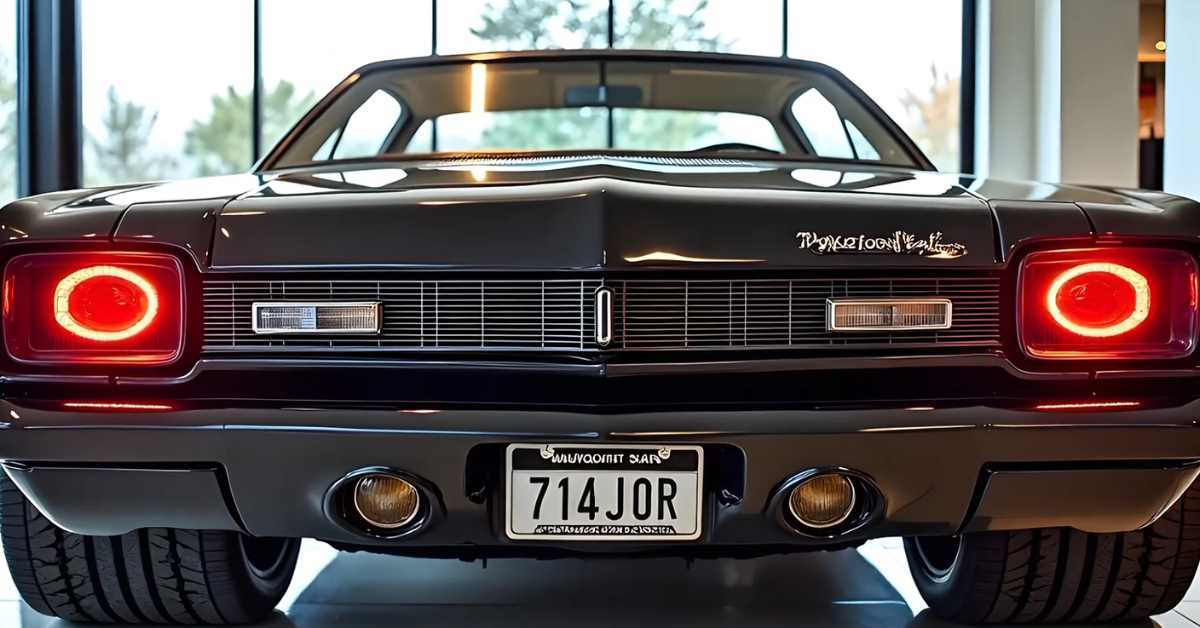
The 2026 Toyota Hilux rolls out as the ninth generation of a legendary pickup that has racked up over 18 million global sales since its 1968 launch, proving its mettle in everything from war zones to reality TV stunts. Though not officially sold in the U.S. due to longstanding import tariffs like the 25% “Chicken Tax,” this model stirs buzz among American off-road enthusiasts who see it as a tougher alternative to the Tacoma, with monthly U.S. pickup sales topping 150,000 units in 2025 amid a market dominated by domestic heavyweights. By blending its bulletproof heritage with cutting-edge tech, the Hilux could challenge U.S. borders if regulations shift, appealing to fleet operators and trail blazers seeking unmatched durability.
Exterior Evolution

Drawing from the eighth-generation’s squared-off design launched in 2015, the 2026 Hilux tweaks the front with a wider mesh grille and slimmer LED headlights, echoing the aggressive look of the 1983 fourth-generation but with modern angularity. This contrasts the current model’s softer lines, offering better aerodynamics that could shave a bit off the 7.9L/100km fuel use seen in prior tests against the Ranger’s 7.4L/100km. Wheel arches and cladding stay true to the workhorse roots that propelled annual sales past 400,000 units in the 1980s, yet new 18-inch alloys hint at improved stability over the D-Max’s leaf-spring setup. Rear taillights flip orientation for a fresh tailgate design, maintaining the 3,500kg towing capacity that outlasted competitors in endurance tales from the “Toyota War” era.
Interior Modernization
The cabin sheds the dated plastics of the seventh-generation Hilux from 2004, introducing a 12-inch touchscreen that dwarfs the outgoing 8-inch unit, much like how the third-generation in 1978 added sedan comforts to boost sales to 300,000 annually. Ventilated seats and a heads-up display elevate comfort beyond the Ranger’s dual-zone climate, targeting long-haul drivers who clocked 29mpg in older WLTP tests. Storage under the armrest expands on the extra-cab variants from the 1970s, while wireless charging addresses a gap in the D-Max’s more basic console, making daily use less of a chore. Overall, these updates transform the truck from a bare-bones tool into a viable family hauler, potentially lifting India’s niche sales from the 260-unit August 2025 dip.
Powertrain Refinements
Sticking with the 2.8L turbo-diesel from the 2020 facelift, the 2026 model ups output to 204bhp and 500Nm— a 20% torque jump over the 1980s 2.4L diesels that powered early global dominance—paired with a smoother six-speed auto. This edges out the D-Max’s 140kW/450Nm in acceleration tests, hitting 0-100km/h in about 9.95 seconds versus the Ranger’s quicker 9.18 seconds, thanks to refined low-end pull for off-road crawls. Fuel efficiency holds at 10-13kmpl, better than the fourth-gen’s thirstier setups but trailing the Ranger’s bi-turbo efficiency in real-world runs averaging 10L/100km for the Hilux GR Sport. A teased 48V hybrid could mirror global trends, improving on the non-hybrid’s 8.0L/100km claim while keeping the 3,500kg tow rating that matched rivals since the 2016 eighth-gen overhaul.
Safety and Connectivity Enhancements
Building on the five-star ANCAP from 2019, the 2026 Hilux adds a center airbag and adaptive cruise, surpassing the D-Max’s basic suite in lane-keeping sophistication during comparative highway tests. The 360-degree camera aids in maneuvers where the Ranger’s trailer assist shines, but Hilux’s rear diff lock proves superior in mud, as proven in endurance challenges outlasting engines in Top Gear lore. Infotainment integrates Apple CarPlay seamlessly, evolving from the rudimentary radios of the 1968 first-gen to app-based monitoring that could appeal to India’s 2% YoY sales growth in September 2025. These features position it ahead in urban safety, where ABS and sensors have been standard since the 1990s fifth-gen updates.
Market Positioning in India
With dimensions mirroring the current 5,325mm length and 80L tank, the 2026 Hilux slots into the double-cab niche at Rs 28-35 lakh, cheaper than the Ranger’s Rs 35-40 lakh equivalents but pricier than the D-Max’s Rs 19-27 lakh entry. Sales data shows Toyota’s overall September 2025 volume at 31,091 units, with Hilux contributing just 219 amid a 15.8% MoM drop, yet it outpaces the D-Max in premium appeal for fleets towing 3.5 tonnes routinely. Boot space at 435L remains practical for rural duties, where the Hilux’s ladder-frame durability has sustained 50+ years without major redesigns.
Pros, Cons, and Competitive Edge
The Hilux’s reliability shines in comparisons, with a lighter 2,184kg curb weight versus the D-Max’s 2,056kg allowing nimbler handling, though payload lags at 735kg against the Isuzu’s 970kg in GR Sport trims. It excels off-road with 30-degree approach angles beating the Ranger’s in some tests, backed by a history of 200,000+ annual sales by 1977 that cemented its legend. Drawbacks include higher running costs—around Rs 10/km in diesel—compared to the Ranger’s frugal 7.4L/100km, and no full hybrid yet to chase global EV shifts. For Indian buyers eyeing balanced toughness, the 2026 Hilux refines a formula that’s outlasted wars and rivals, promising steadier sales growth from its current 3,308-unit yearly base.
RELATED POSTS
View all


